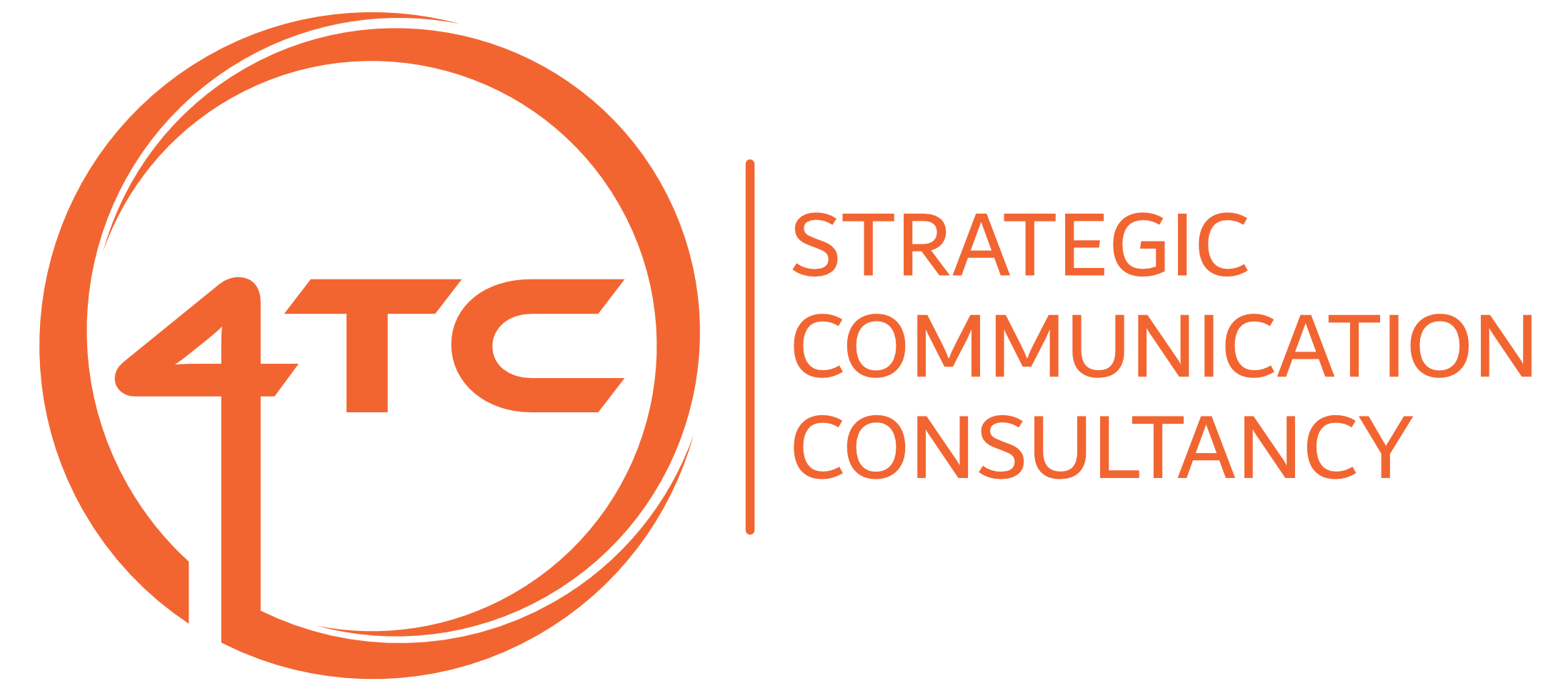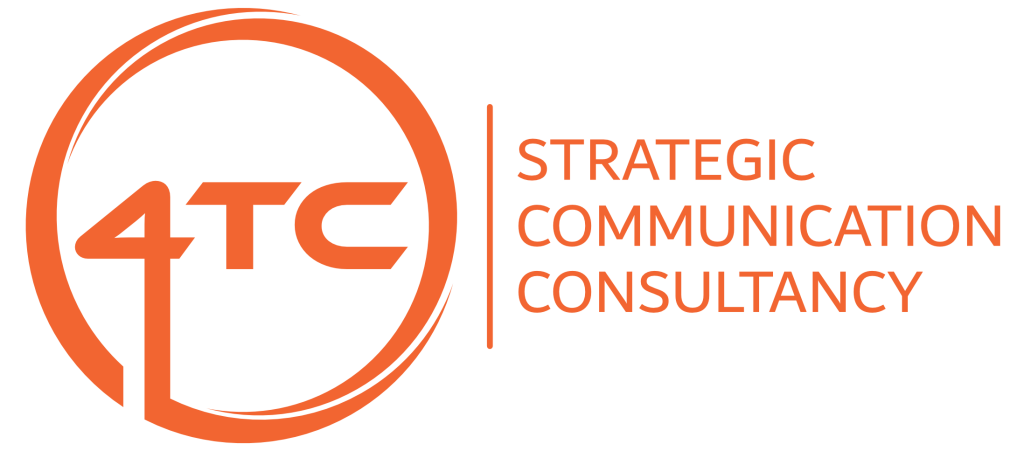Hello – can you PR this for me?
No. Neither can I ‘PR the hell out of this one’. (Both things I have actually been asked to do, I should point out.)
Public Relations is a lot of things – but it’s not a verb
At its core – and very simply – PR is telling people things so that they will like you. And if people like you, they will be happier doing business with you. They’ll be better at doing business for you. They’ll be happier giving you permission to do business.
Of course, there’s lots of different people you might want to build relationships with. Which is why PR is divided up into different areas.
Broadly speaking, those areas are:
In order that they keep buying it, or decide they want to give it a try
Or that are important in the production of their own products and services
Walking the walk as well as talking the talk, authentic, beyond reproach and prepared for the unexpected
Because it’s mandatory, or because the company wants to sell something, to buy something or just wants to raise money
Particularly when it comes to regulation and legislation, by talking up the organisation’s societal and economic benefits
News about performance, strategy, product development, positions on issues, vision, values, culture, purpose, benefits and reward
Letting them know what it’s doing, how it’s doing it and why, and sometimes lending a helping hand, though sponsorship, or donations, or simply doing a bit of work around the place – so that the community feels involved and important
OK – got that – but how’s it done?
By telling stories, mostly. You see, you don’t often get to tell people things on a one-to-one basis. Mostly, you’ll be using media to get your information across – digital, social, print, broadcast and your own channels – social media feeds and your website.
And to get journalists to publish your information, or people to read it on your website, or engage with it via social, it’s got to be interesting.
And that means wrapping it in a story. We can give you guidance on what makes a story – and how to tell it.
Right – but back to what PR is – do I have to do all of it?
No – do the bits that help you with whatever it is you want to achieve.
That might be one element, or it might be two or three – we can make a recommendation as to what bits you should be considering.
How much does it cost?
Nothing.
OK – it costs nothing to have a conversation about public relations and strategic communication.
After that, when you’ve considered what we’ve discussed, and decided what’s right for you, we’ll look at what it might cost.
The cost will comprise the cost of our time (the fee) and any third-party costs – which could include research, photography, videography, design and possibly print.
The fee can be calculated in one of two ways.
The first is as a fee per activity or piece of work, which is based on our day rate. Second, as a ‘retainer’ fee, which is a sum paid monthly that includes the cost of our time to carry out the agreed activity and – importantly – any extra activities (within reason) that we might agree together.
Right then – how do I get my free conversation?
Put your details into one of the (many) contact us forms on our website (www.4TC.ie) and we’ll call you back.





